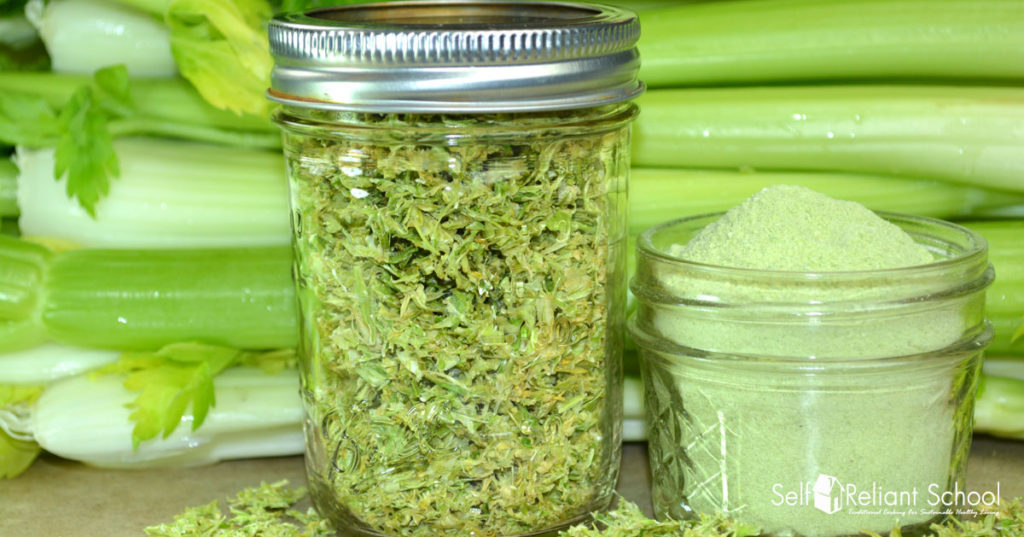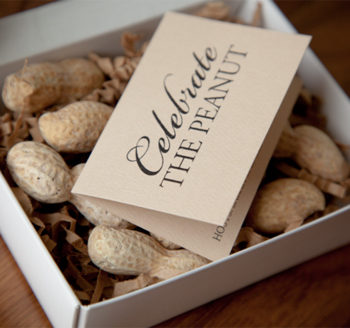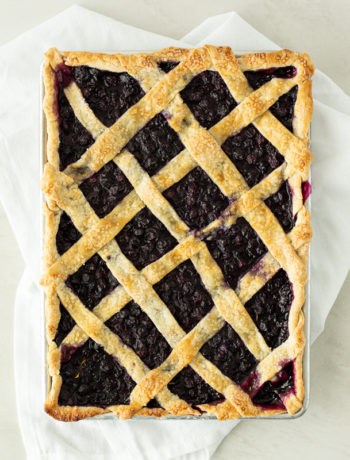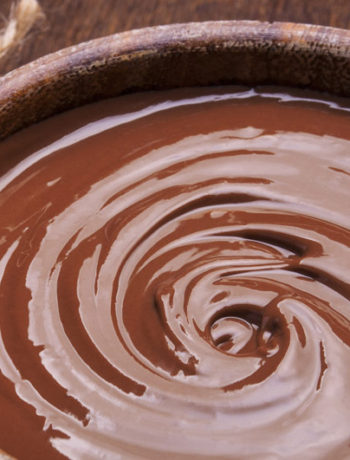Dehydrating is the oldest method of food preservation. Easy to do and easy to use, food dehydrations allows any person to save their summer bounty for the winter months ahead.
We love our food dehydrator. The adjustable temperature allows for fruits and vegetables to retain their vitamins while drying at low temps, while the high temperature will adequately dry meats! The Gardenmaster can handle up to 30 trays at a time – allowing for a lot of food to be preserved.
Ovens work, too! Most won’t drop below 150*F, which may result in uneven results, but rotating your food every hour helps to prevent this.
We have found that just about any fruit and veggie can be preserved through food dehydration. Here is a round up of our favorite tips for food dehydration.
1. Wash and Dry
A quick wash now will remove any dirt from your foods. Laying them on a towel placed on the counter to dry will speed up the dehydrating process. Remember! You’re trying to remove the water from your food!
2. Peel (if the peel is not edible)
If the food has an edible peel, you can leave it on (think: peaches, apples, apricots, cherries, zucchini, etc.). If the peel is inedible (pineapple, bananas, mangoes, etc.), remove the peel now. It will be much harder to remove when dehydrated.
Pears are a special exception. The peel of a pear contains scleroid cells, which result in a gritty texture if left on. This is a personal preference. So, peel them or don’t! It’s up to you!
Citrus fruits can also keep their peels, if desired. When added to drinks and used as a garnish, the bitterness of the peel is desirable.
3. Slice
Uniformity is key here! Choose a size between 1/4″ – 1/2″. Larger slices will take longer to dry, while thinner slices will dry quicker and result in a crispier product.
Smaller fruits can be left whole or halved (pitted cherries, apricots, small strawberries, blueberries, etc.). Blueberries and cranberries need to be poked with a skewer or paring knife to allow the inside to dry along with the outer skin.
4. Blanch or Soak
Fruits and vegetables that are susceptible to browning will benefit from a little acid before dehydrating. You can spritz them with a little lemon juice or soak them in acidulated water. It sounds harder than it is. Haha. Just make a mixture of water and one of the following: a) 1 tsp citric acid, b) 1 tsp lemon juice, or c) 1/2 tsp white vinegar. A quick tip in the acid mixture will halt browning.
Other foods will benefit from a quick blanch before dehydrating. Zucchini and celery especially! This will help to retain their bright colors. Learn more about blanching, here.
5. Spread (in a single layer)
Evenly distribute your food on your dehydrator trays. They can touch, but you don’t want them overlapping. If you’re drying multiple kinds of food at a time, keep them on their own racks, as they will dehydrate at their own rates. Also, place drippier foods on the bottom to prevent them from dripping on other foods.
6. Dehydrate
Follow your manufacturers directions for dehydration. Lower temps (125*F) will result in more even drying. Higher temps (Above 140*) may dry faster, but more unevenly.
7. Cool
Remove one piece of food from the dehydrator and let cool completely. When it is cool, break open, checking for moisture. So much is dependent on the size of your food, the type of food, your dehydrator, the humidity, etc, so it’s hard to give an exact time for doneness. Testing the food is the best method!
Different foods will have different textures, some will be crispy and crunchy. Others, soft and leathery. Cooling and splitting open the food is the best way to check!
8. Condition
If you plan to store soft, leathery dehydrated foods, you can condition your food for better storage. To do this, package the food in a storage bag for a week. Toss the food once a day, checking for any moisture in the bag. If you find moisture, return the food to the dehydrator. If the bag stays dry for a week, you are ready for long term storage. Read more from the National Center for Home Food Preservation.
9. Use or Store
If you’re planning to eat or use your food within a month, store your food in a glass jar, plastic container, or plastic bag.
If you want to save it for future use, a vacuum sealer is a great option. You can also freeze smaller portions in bags or jars.
Check out a few of our favorite foods to dehydrate:
Peaches – Cherries – Sweet Potato
Tomatoes – Pears – Herbs – Celery
Mushrooms – Apples – Strawberries
Zucchini – Cranberries – Bananas

Citrus Fruit – Apricots – Kiwi

Check out our favorite dehydrator here!









